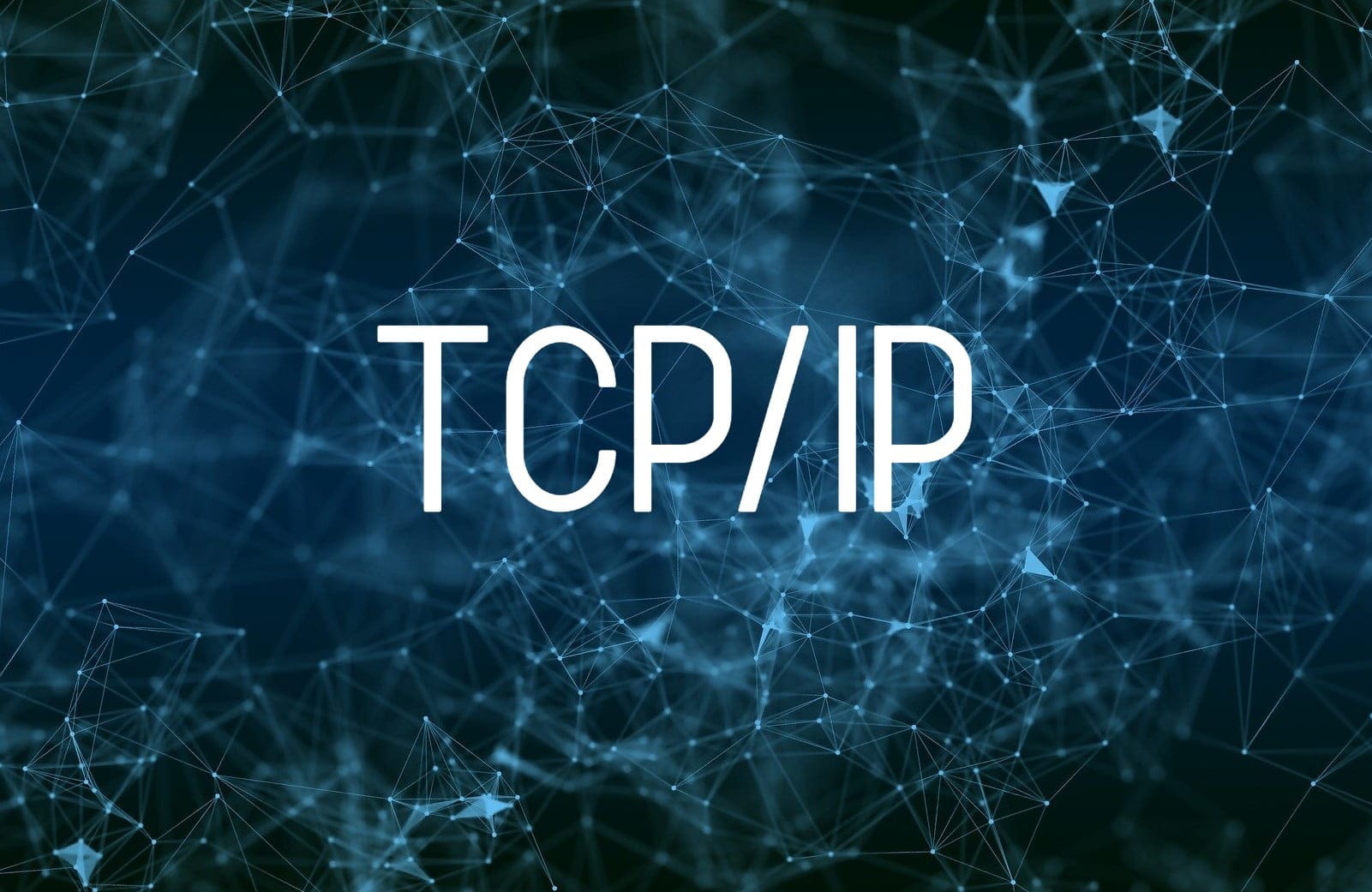TCP/IP is the basic “language” through which devices on a network (computers, phones, servers) communicate with each other on the internet. It is a protocol suite—rules and formats—that defines how data is sent, divided, retransmitted, and delivered.
Why is it called TCP/IP?
- IP (Internet Protocol): addresses and sends packets from sender to receiver (like an address on an envelope).
- TCP (Transmission Control Protocol): ensures accurate and ordered delivery (like a mail carrier checking each envelope).
- Together: TCP/IP – the foundation of the modern Internet.
TCP/IP Model (4 layers)
- Link/Network Access – physical connection and frames (Ethernet, Wi-Fi).
- Internet – addressing and routing of packets (IP, ICMP).
- Transport – end-to-end communication (TCP, UDP).
- Application – protocols we use every day (HTTP, DNS, SMTP, FTP, SSH…).
(Optional for comparison): OSI has 7 layers; TCP/IP combines some for simplicity.
IP: Addressing and Routing
IPv4: addresses like 192.168.1.10 (32 bits, ~4.3 billion addresses).
IPv6: 2001:0db8::1 (128 bits, practically unlimited).
Subnet/CIDR: e.g., 192.168.1.0/24 → 256 addresses (from .0 to .255).
Public vs Private:
Private: 10.0.0.0/8, 172.16.0.0/12, 192.168.0.0/16 (within a LAN).
Public: routable on the Internet.
NAT: Multiple private devices access the Internet using a single public address through a router.
DHCP: automatically distributes IP addresses within the local network.

Everyday Tools
ping – checks reachability (uses ICMP).
traceroute/tracert – shows hops/routers to the destination.
ipconfig/ifconfig – views network configuration.
netstat/ss – active ports/connections.
nslookup/dig – DNS queries.
curl – tests HTTP(S) requests.
Security in TCP/IP:
TLS/SSL: encryption in transit (HTTPS, SMTPS, IMAPS…).
Firewalls: filter traffic based on rules (IP, ports, protocol).
VPN: encrypted tunnel over the Internet.
IDS/IPS: detect/prevent malicious traffic.





